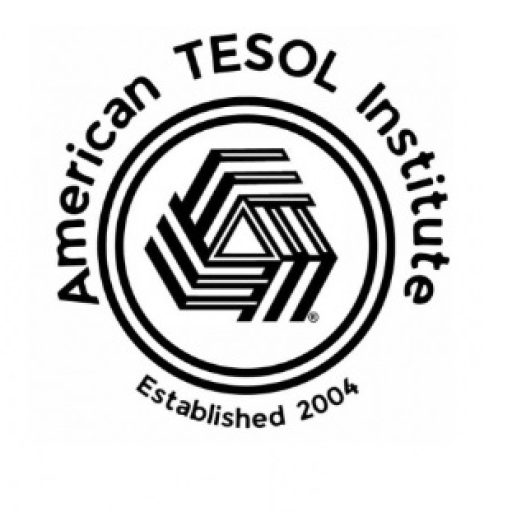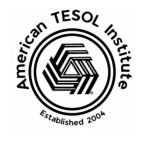In today’s digital age, data-driven education is transforming how teachers understand and cater to student needs. TESOL educators, in particular, can leverage data collection and learning algorithms to forecast student progress and tailor their instruction for optimal results. This approach not only empowers teachers but also ensures students receive personalized support to overcome language learning challenges.
The Power of Data in ESL Education
Data collection is no longer limited to standardized test scores or attendance records. With the right tools and techniques, TESOL teachers can gather a range of student data points to create a comprehensive picture of each learner’s strengths, weaknesses, and learning styles. By analyzing these data points, teachers can develop algorithms that forecast future performance and suggest tailored strategies for improvement.
Key Student Data Points to Collect
- Attendance and Participation
Regularity in attending classes and actively participating provides insights into a student’s engagement level. - Assessment Scores
Tracking performance across vocabulary, grammar, speaking, listening, reading, and writing tests reveals skill gaps and growth areas. - Learning Preferences
Understanding whether students prefer visual aids, auditory materials, or interactive activities helps in creating tailored lesson plans. - Pacing Data
Measuring how quickly a student completes tasks or masters concepts provides information on their learning speed. - Error Patterns
Identifying recurring mistakes in pronunciation, grammar, or syntax can highlight areas requiring focused intervention. - Language Exposure Outside the Classroom
Gathering data on how often students use English in real-life contexts (e.g., conversations, media consumption) helps predict fluency development.
How to Use Data to Create a Learning Algorithm
1. Gather Data Consistently
Use digital tools such as learning management systems (LMS), mobile apps, and online quizzes to automatically track student activity and performance. Encourage students to participate in self-assessments and surveys to enrich your dataset.
2. Analyze Trends
Look for patterns in the data. For example:
- Do students with higher participation rates perform better on speaking tasks?
- Are students who practice English outside of class progressing faster in listening comprehension?
3. Develop Forecasting Models
Use simple tools like spreadsheets or advanced software like Python or R to create algorithms that predict outcomes based on historical data. For instance:
- Forecast when a student might reach a desired proficiency level based on their current trajectory.
- Identify students who might struggle with upcoming content and provide preemptive support.
4. Implement Personalized Strategies
Tailor lesson plans based on algorithmic insights. For example:
- Assign additional listening exercises to students predicted to struggle with comprehension.
- Provide speaking practice for students forecasted to lag in oral communication.
5. Monitor and Adjust
Track the effectiveness of your algorithm by comparing its predictions with actual outcomes. Refine your data collection and analysis processes to improve accuracy over time.
Practical Applications in TESOL Classrooms
- Customized Lesson Plans
Group students by proficiency levels or learning styles based on data forecasts and design activities tailored to their needs. - Early Intervention
Use predictive analytics to identify students at risk of falling behind and implement targeted interventions to keep them on track. - Gamified Learning
Integrate gamification elements that adapt dynamically to individual progress, rewarding students as they achieve milestones forecasted by the algorithm. - Efficient Resource Allocation
Focus your time and resources on students and skills that the algorithm identifies as needing the most attention.
Ethical Considerations
When collecting and analyzing student data, it’s essential to prioritize ethical practices:
- Transparency: Inform students and parents about the data being collected and its purpose.
- Consent: Obtain permission to collect and use data for educational purposes.
- Privacy: Ensure data is securely stored and anonymized to protect student identities.
- Equity: Use data-driven insights to support all learners, avoiding biases in forecasting and interventions.
Benefits of Using Learning Algorithms in TESOL
- Personalized Learning
Algorithms ensure every student receives instruction aligned with their unique needs and goals. - Enhanced Outcomes
Data-driven teaching improves student performance by addressing challenges proactively. - Time Efficiency
Automation frees up teachers’ time, allowing them to focus on high-impact teaching activities. - Continuous Improvement
Algorithms provide ongoing feedback, helping teachers refine their methods and achieve better results.
Final Thoughts
Integrating data collection and learning algorithms into TESOL classrooms is not just about embracing technology—it’s about empowering teachers and students alike. By leveraging student data, TESOL educators can forecast outcomes, personalize instruction, and foster an environment where every learner has the tools to succeed.
Start small by identifying key data points to collect in your classroom, and gradually build an algorithm tailored to your students’ needs. With this innovative approach, you can transform ESL education into a precise, responsive, and effective process that paves the way for lifelong language success.


